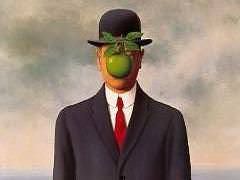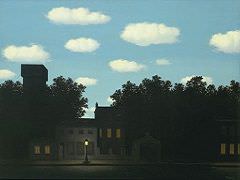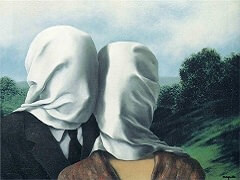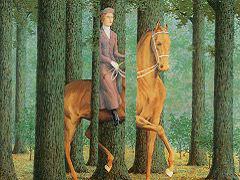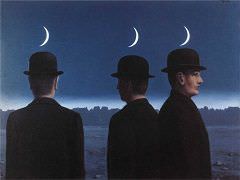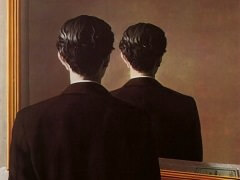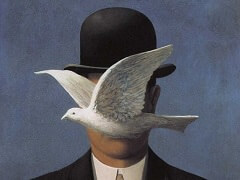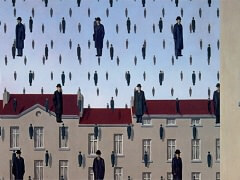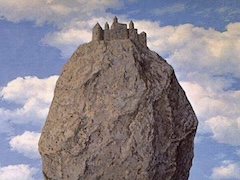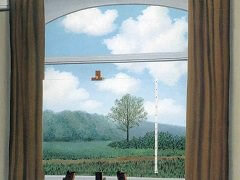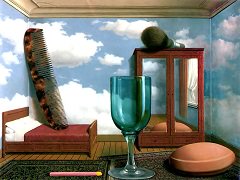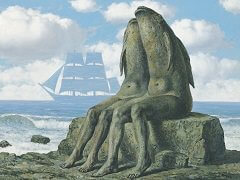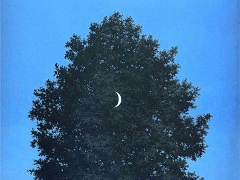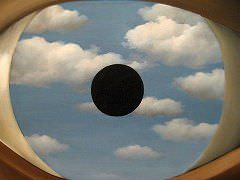The Treachery of Images, 1929 by Rene Magritte
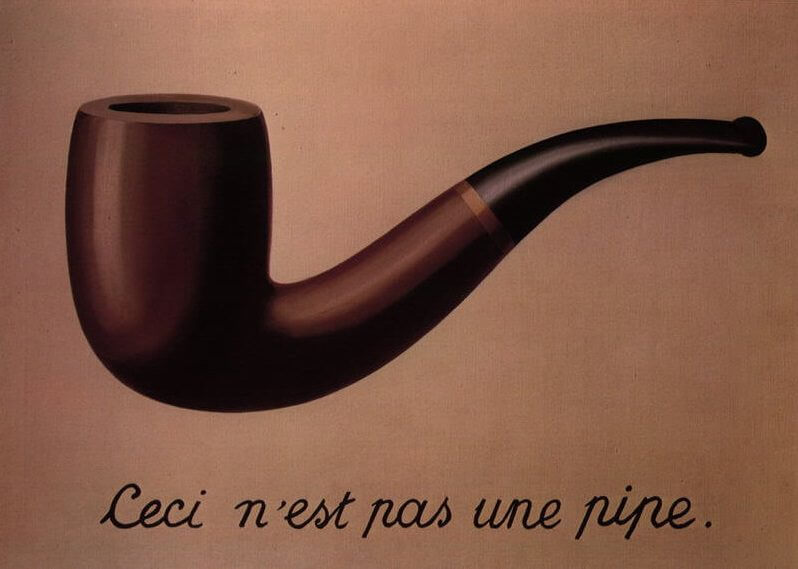
The Treachery of Images is painted when Magritte was 30 years old. The picture shows a pipe. Below it, Magritte painted, "Ceci n'est pas une pipe" French for "This is not a pipe." The painting is not a pipe, but rather an image of a pipe,
This masterpiece of Surrealism creates a three-way paradox out of the conventional notion that objects correspond to words and images.
The Treachery of Images belongs to a series of word-image paintings by Magritte from the late 1920s. He combined images and text in a style suggested both by children's books, and by Magritte's early career in advertising. The artist laid out his rationale for word-image paintings in an illustrated text called Words and Images.
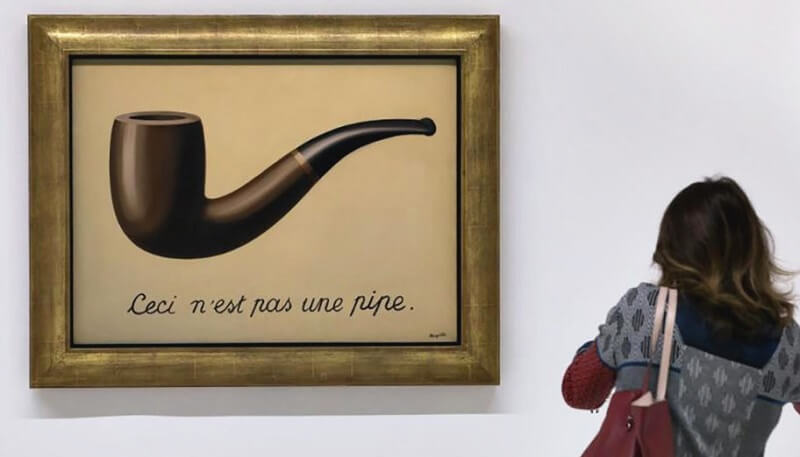
Like the other artists and poets associated with the Surrealist movement, Magritte sought to overthrow what he saw as the oppressive rationalism of bourgeois society. His art during these essential years is at times violent, frequently disturbing, and filled with discontinuities. He consistently interrogated conventions of language and visual representation, using methods that included the misnaming of objects, doubling and repetition, mirroring and concealment, and the depiction of visions seen in half-waking states-all of them devices that cast doubt on the nature of appearances, both in the paintings and in reality itself. The persistent tension Magritte maintained during these years between nature and artifice, truth and fiction, reality and surreality is one of the profound achievements of his art. Along with Persistence of Memory by Salvador Dali, The Treachery of Images has become the most iconic image of Surrealism Movement.

